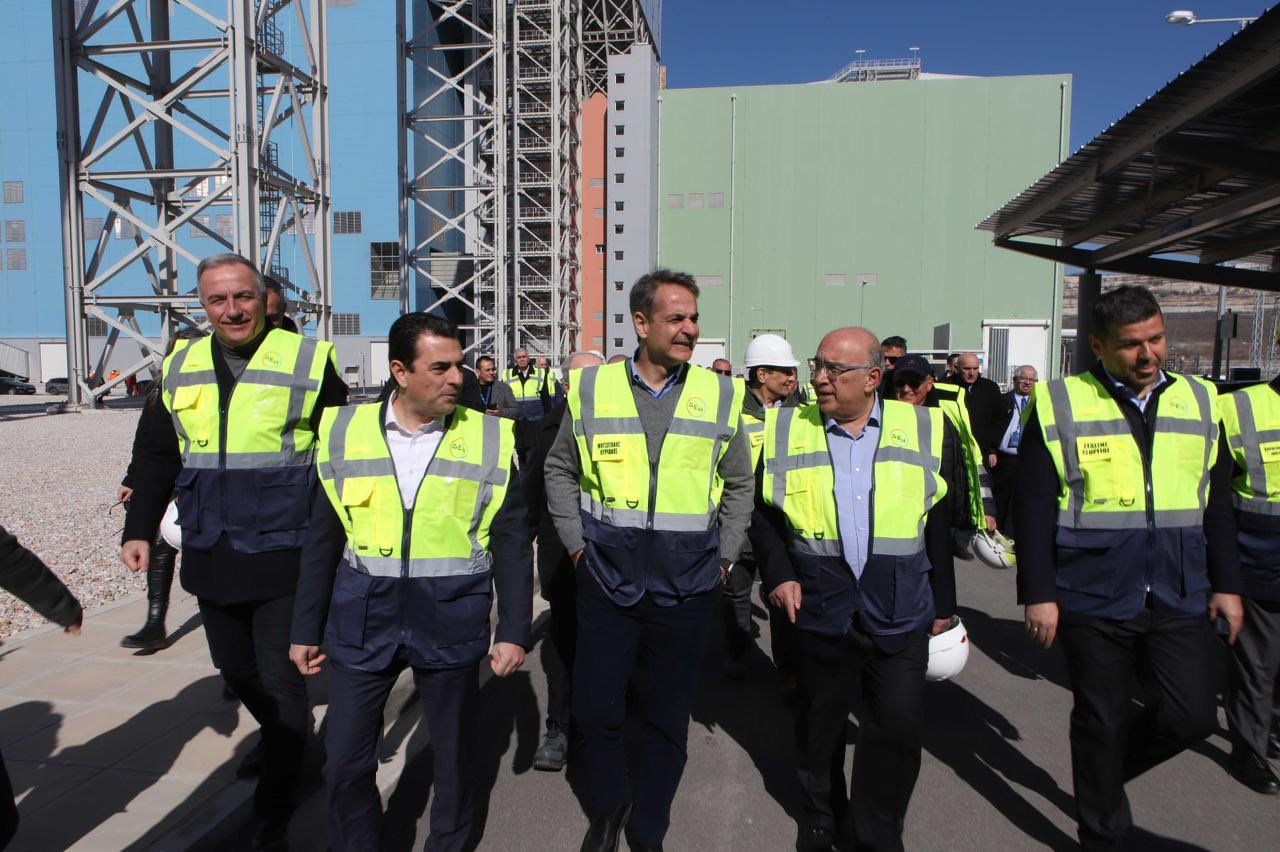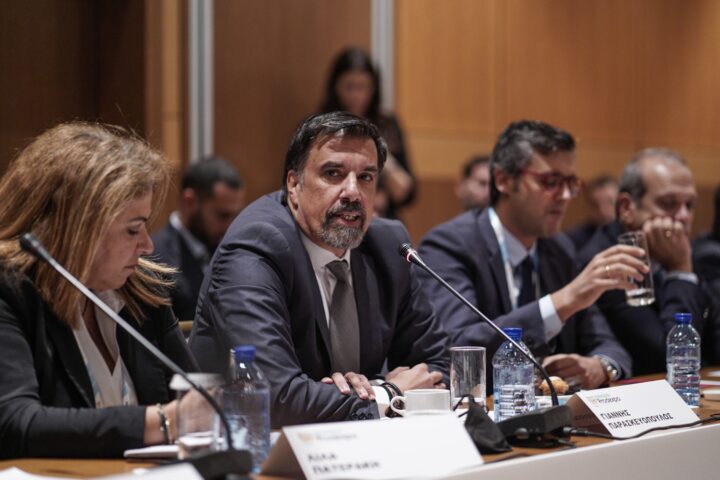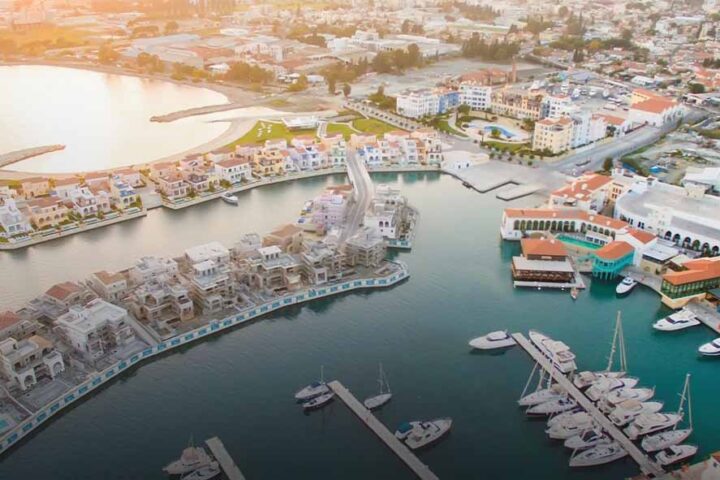Greece appears to be at the forefront in implementing the EU’s green agenda for a 55% reduction of greenhouse gas emissions – compared to 1990 levels – by 2030 and a 42.5% renewables contribution to the national energy mix.
Having set its targets unrealistically high the Mitsotakis-led New Democracy government, which now seeks re-election on June 26, has aimed for a 45% contribution by RES in the country’s final energy consumption by the end of this decade and 80% coverage of power generation from solar and wind, and other alternative energy sources.
According to official data, at the end of 2021, the RES contribution to final energy consumption was a modest 18%, with estimates for 2022 indicating this could be increased to 19%.
Much brighter is the situation for power generation, where Greece covered an average of 41% of its electricity needs in 2022 from all types of renewables, mainly solar photovoltaics and wind.
To achieve this relatively high level of renewable penetration in electricity generation, Greek and foreign firms have invested massively in medium and large-scale solar photovoltaic and wind farms over the last five years.
Greece now claims 4.7 GW of wind (2022 data), some 4.5 GW of solar photovoltaics and 0.5 GW of biogas and small hydro combined.
In addition, PPC/DEH, the country’s major electricity company, operates 2.9 GW of large hydroelectricity dams and a 0.7 GW pumped storage scheme, with RES representing almost 60% of the country’s total installed electricity capacity.
It took 25 years for Greece to reach such an impressive record, as it was only in 1997 the first wind farms started feeding electricity into the grid.
Market development for RES has not been that linear, and there have been many instances when adding new capacity came to a complete standstill.
Today, the installed RES capacity in Greece is the highest in absolute numbers in the Balkans and only second to Turkey, which has the largest RES market in that part of Europe.
The Greek government is fully committed to what it calls “green development”, and therefore, it is no surprise that in the revised National Energy and Climate Plan (NECP), now under public consultation and to be submitted to Brussels before autumn, much higher targets have been set.
Over the next eight years, Greece will need to install three times as much renewable energy capacity as the previous two decades to meet the upgraded targets in the revised NECP.
Accordingly, the energy ministry’s targets for the RES share in power generation will be adjusted from 65%, as stated in the existing NECP, to 80% to include the new direction of the EU’s REPowerEU plan.
Based on that scenario, which seems most likely to be adopted, the total capacity of RES in 2030 should reach 28 GW, against a target of 19 GW in the existing NECP.
RES output to rise 178%
Since the current RES-installed capacity in the country’s interconnected system – excluding large hydro plants and RES on islands – is 10 GW, some 17.8 GW of additional RES capacity must be installed over the next seven years, representing an increase of 178%.
This capacity also includes a binding target of 2.0 to 2.5 GW offshore wind power.
However, the path to Greece’s green energy future is not rosy since several problems have consistently surfaced in electricity grid management.
It appears that the present spatial structure and technological maturity level of the country’s distribution grid is such that it cannot handle any further expansion of new substantial additions of RES installations.
This became apparent early in the year when RES producers realised that not all the power generated was absorbed by the grid, negatively impacting most auto producers’ financial and operational models.
The situation worsened as spring gave way to summer, and photovoltaic production peaked during the daytime.
The transmission grid operator was forced on several occasions to halt electricity input from RES stations for several hours to maintain grid stability.
According to technically knowledgeable market sources, the risk from variable RES production often affects major power quality issues such as voltage, frequency fluctuations and harmonics.
Balance problems
The same sources indicate that the “variable nature of wind and solar adds problems for balancing supply and demand.
“During peak hours, the existing transmission faces a challenge matching the inflow and outflow of power.
“The distributed nature of these energy resources adds complexity to the existing grid infrastructure.
“A surge might occur when producers generate too much power without warning, and the entire system would shut down.
“A transmission line has a specific capacity, and if this limit gets passed, thermal loads will lead to damage.”
Commenting on Greece’s latest grid problems with RES absorption, the above sources underline that “integrating renewable energy production makes the frequency and voltage produced unreliable.
“Especially weather conditions and time of the day continuously affect the production and the operation of the grids.
“Voltage and frequency fluctuations are caused by the unpredictable nature of the renewable, thus resulting in grid disturbances.”
Until Greece’s transmission operator and the grid distributor introduce necessary grid upgrades based on modern power electronics and with substantial electricity storage added, the future of large-scale renewable energy expansion, such as this envisioned by government planners, will remain in question.
Costis Stambolis is a Financial Mirror correspondent based in Athens.










